The story of our books: surprises and achievement
Interpretations below were written by the Portico Library volunteers as part of Bookends and Beginnings: Stories from our collections by our volunteers exhibition.
Specimens of the ancient sculpture and painting, 1838 by John Carter
“I was searching for books referencing ‘pottery’ and I looked up this specific book on an online archive. I was drawn to the book as the title states the volume aims ‘to explain obscure and doubtful parts of history’. I chose my pages and submitted my book – I didn’t realise it was HUGE.
The scale of the book perhaps indicates the importance or wealth of the author or patron (in this case the Earl of Exeter) and allows for incredibly intricate illustrations. I had missed the character of the book by only viewing it online. Despite the collection being delicate (and often hard to reach even for me - I am pretty tall) the importance of reading the physical copy cannot be overstated.”
Isobel Moody
Various tiles, forming a pavement before the high altar of Gloucester cathedral.
‘This pavement narrowly escaped destruction a few years ago, by the offer of some foolish old woman to replace it with marble’. This quotation really made me laugh because I’m all for conservation and preservation of heritage sites but maybe ‘foolish old woman’ was a tad harsh…
The entrance from the east cloister into the south aisle of the choir of Norwich Cathedral.
John Carter focuses upon the religious iconography on the moulding of the arch. Highlighting the angels, ‘our saviour’ and the king and bishop. However, coming from a non-religious background, I chose this image due to its high level of detail, the pleasing architectural design and the rather ominous black hole effect when looking through the door.
A legacy achievement
“YC67 is a milestone for The Portico Library Collection Care volunteers. This is the first item the team were able to repair and restore completely in-house, bringing it back to the usable condition you see today.
This item was previously not considered suitable for issue due to warped boards and complete failure of the binding and sewing structure of the book. “
“The volume was unbound and reduced to its component parts allowing the pages to be individually repaired with a repair tissue prior to resewing. The volume was resewn on tapes, replicating the original sewing style, and re-backed using a toned Japanese tissue.
Boards were repaired, and corners strengthened where necessary. A new Oxford hollow was added for additional strength; finally, the original spine was cleaned of its original linings and re-attached, completing the restoration.”
Jim Duff, Senior Collection Care volunteer




